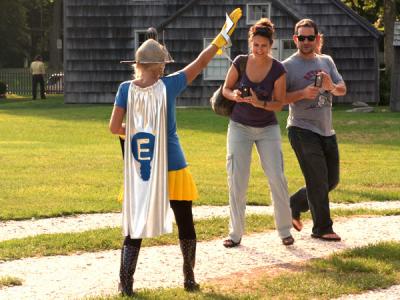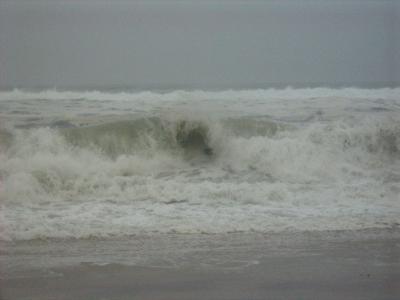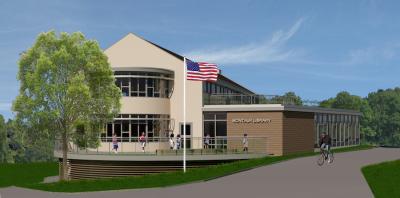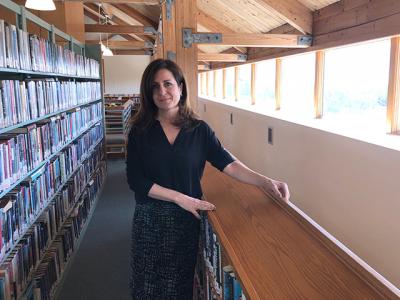Mulford Farm’s Kid-Centric, Electric Play
Mulford Farm’s Kid-Centric, Electric Play

“Miss Electricity,” a play by Kathryn Walat, will have its last two performances tomorrow and Sunday at the Mulford Barn on James Lane in East Hampton. The second production this year by the Mulford Repertory Theater company, “Miss Electricity” is a comedy for younger audiences.
“Ten-year-old Violet (Licia James Zegar) is determined to show the world, not to mention the cool kids at school, just how special she is,” a release said. “With the help of her best friend, Freddy (Joe DeSane), Violet sets out to break a world record — any record — so she can prove to her classmates (Lydia Franco Hodges and Devon Leaver) how extraordinary she is. And just when things seem hopeless, something electric happens that changes Violet’s and Freddy’s lives and friendship forever.”
“It’s a family show,” said Kate Mueth of East Hampton, its director. “It’s funny and contemporary and deals with real kid issues, like bullying. But mostly it’s about friendship and being yourself.”
Besides the play itself, which is a “compact” 50 minutes, Ms. Mueth said the small cast also drew her to it. “It lends itself well to the space.”
Performances are at 6 p.m. both days. Seating is limited to 50 per show, and attendees have been encouraged to bring along a blanket and have a picnic on the grounds of the Mulford Farm beforehand. The gates open at 5 p.m.
The East Hampton Historical Society, which manages the buildings and grounds at the Mulford Farm, intends to “breathe life into our historic sites,” according to a release. It has long been known for its Old Farm Days and battle encampments but has been making forays into live theater with the formation of the Mulford company. The society also stages dance performances, readings of new works, and art exhibits.
Tickets for “Miss Electricity,” which are available in advance by calling TheaterMania or visiting its Web site, cost $20, $25 at the door.






